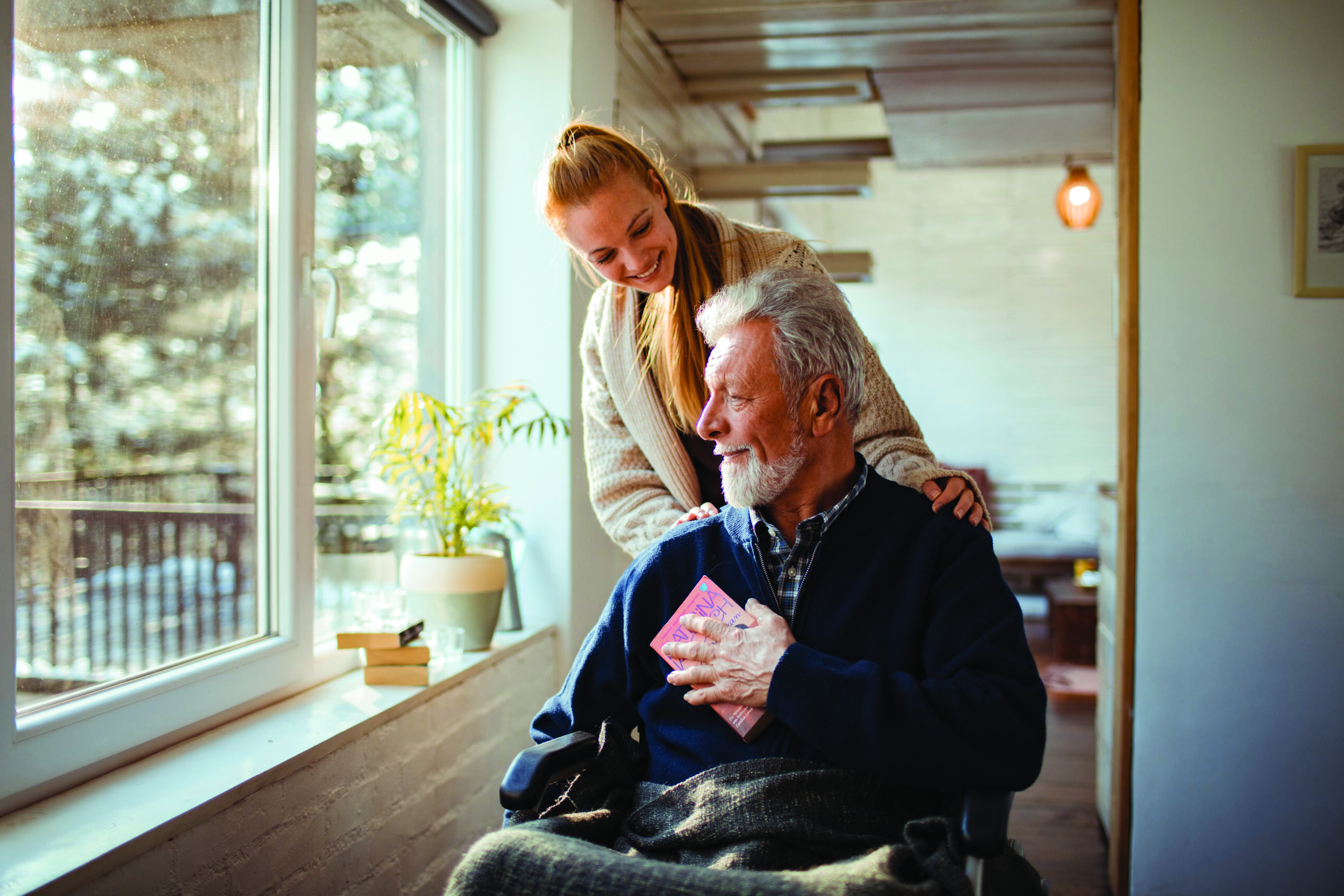by Maya Perry
Caregiving. Role reversal. Parentification. All of these are different terms used to explain the same process: parenting your parents.
As our parents and other loved ones age, there comes a transition of responsibility. The “child” who was once typically dependent on their parent/adult family member in their early formative years, is now responsible for the health, safety and overall well-being of their aging loved ones.
A 2019 study published by AARP revealed that an estimated 53 million or 21.3% of Americans are caretakers. That’s more than one in five people. Of those estimated 53 million people, roughly 41.8 million (i.e., 16.8% of Americans) reported caring for someone over the age of 50.
The irony of the matter is that although so many people in our society assume this role, there’s rarely open dialogue about the more nuanced yet recurring issues and concerns of caregivers. Why is that? Well, let’s just say “it’s complicated”. However, rather than attempt to unpack such a loaded topic in one article, it’s more useful to create space for dialogue around what is perhaps the biggest issue faced by all caregivers alike: senior safety.
In today’s society, many of our seniors—particularly the more “spunky” and “strong-willed” elders—have made it known that they’d prefer to age in place. While they may not use that exact phrase, the idea is that many elders do not wish to spend their last years in an assisted living facility or nursing home; instead, they want to be at home, amongst their beloved communities and cherished possessions. But as caretakers, where does that leave us in terms of “parent-proofing” their/our homes to keep them safe?
As daunting as it sounds, it can surely be done in just about any home. Here are some tips and ideas you may want to implement at home to promote safety for your aging loved ones:
Good lighting – Consider installing some sort of lighting, preferably motion-censored, throughout the home and entryways. This does not have to be pricey. Adhesive push lights from your local retailer can be the perfect solution. Also, consider leaving on some low-level lighting overnight in certain areas. For instance, their typical path to the bathroom or kitchen would be a great place.
Install grab bars, handrails and handles – Make sure they are properly secured and able to bear the person’s weight. Some key places would be along the main entryway to the home, near toilets and in the shower. In addition to a grab bar, you may also consider a shower chair/bench for the bathroom. In terms of cabinets and drawers, D-shaped handles may be better for accessibility than your typical knobs.
Non-slip floor strips – Consider placing these in places like the kitchen, bathroom and/or on steps. You may also want to use these or something similar to help hold area rugs in place better.
Remove the clutter – For many of us, gone are the days of big bulky furniture. However, many elders have older or even antique furniture that may be a bit bulkier. While it may add to the space aesthetically, the truth is that big furniture is a HUGE tripping hazard. Consider replacing some pieces with small, lightweight items and/or store the bulkier pieces in a less frequented area. Ultimately, the goal should be to remove any unnecessary clutter and tripping hazards. Think minimalist.
Elevated seating – Standing and sitting can become quite a challenge over time as degenerative changes kick in. That said, try to avoid low-sitting furniture, like your couches, dining chairs and even toilets. Along with this, another pro tip is to set up a charging station next to their favorite seating area. That way, they’re not struggling to access outlets and maybe, just maybe, having a designated electronics space may cut back on losing the TV remote.
Home security system – Last but certainly not least, consider a home security system. Ideally, you may want a monitor with access to a live video feed; however, some folks may opt for something less invasive like wearable technology (alert bracelets, etc.). Some systems even combine the two. If the person is more independent and generally mobile, just the wearable technology may suffice. However, if you start to notice a significant decline and/or just want to keep an eye on things, you may consider an elder monitor system. Keep in mind that cost can vary quite a bit depending on the type of system, the level of accessibility required and the brand.
Being a caretaker is perhaps one of the toughest jobs around. It takes time, energy, money and more. But ultimately, the peace of mind from having your loved ones around, safe and sound, is priceless. As author Tia Walker once wrote, “To care for those who once cared for us is one the highest honors.”








Leave A Comment